The A-Z House Plants Guide: Practical Tips for Every Green Thumb
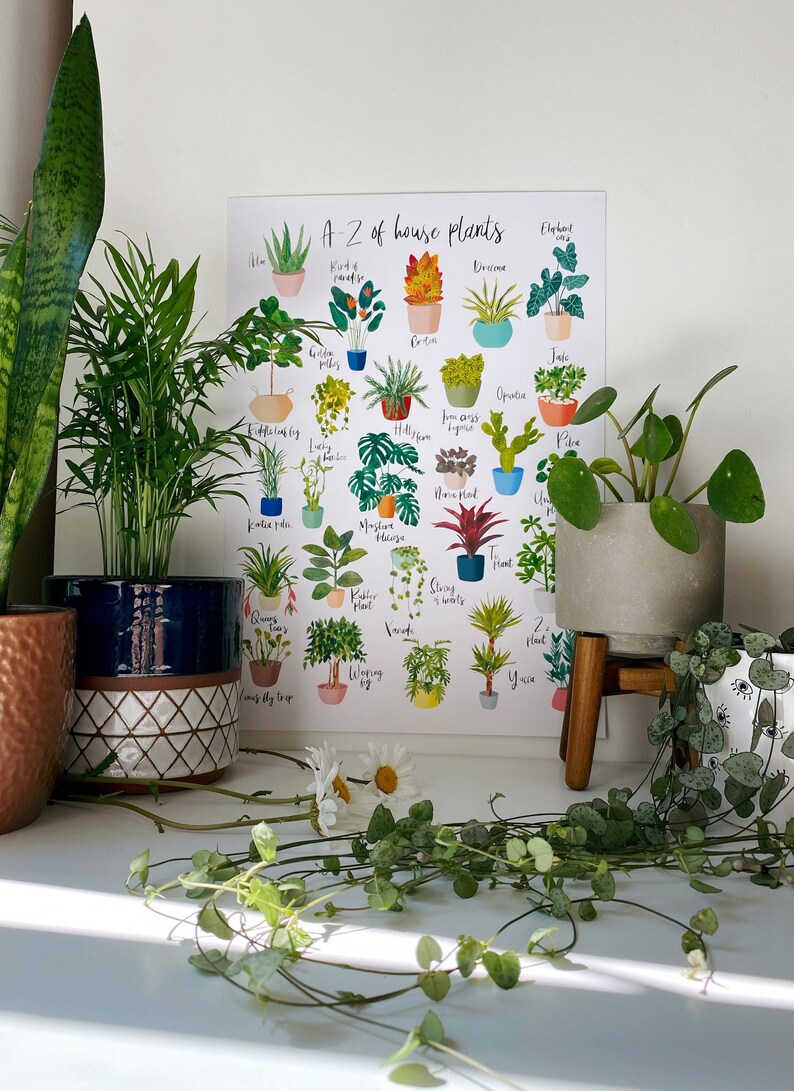
Houseplants A–Z: The Problem-Solver’s Masterclass (From Novice Roots to Indoor Jungle Guru)
You don’t need a greenhouse or a green thumb to build your own thriving indoor Eden. What you need is a clear, practical path—one that sidesteps common pitfalls, adapts to your unique home, and grows with you from the “I killed my cactus” stage to confident plant whisperer. This isn’t a generic Pinterest roundup; it’s the hands-on A–Z houseplant playbook I wish existed when I misted my first Calathea until its leaves crisped like potato chips.
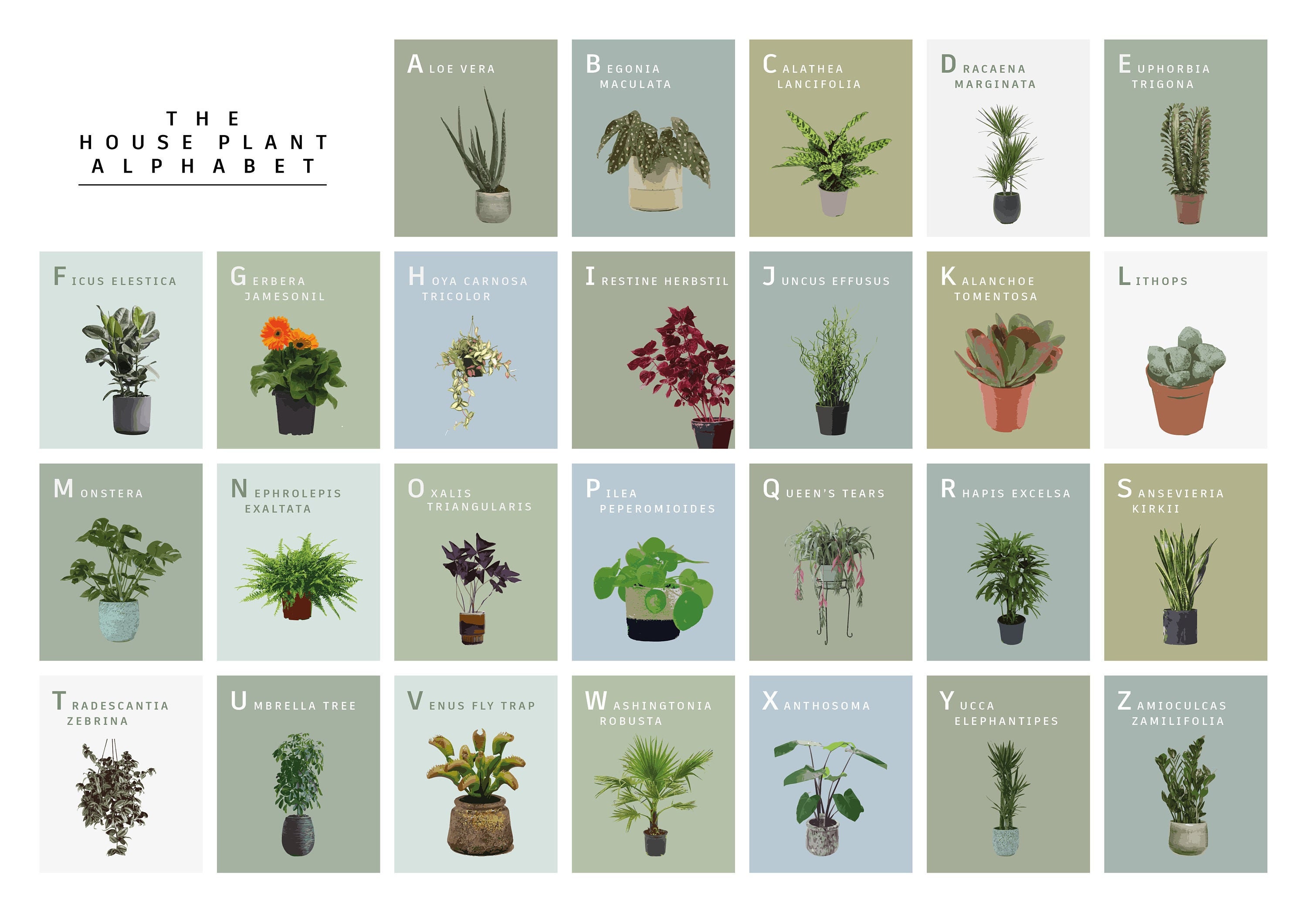
Let’s break down exactly how to select, care for, and troubleshoot houseplants—letter by letter—with real-world strategies, stories of what not to do, and solutions honed by years of trial and error. Whether you’re looking for a forgiving starter plant or ready to tackle the finicky Fiddle Leaf Fig, this is your expert-level guide—with every step explained, demystified, and made actionable.
1. Why Organize Houseplants from A–Z? (And How This Changes Your Results)
Alphabetical lists aren’t just for show—they’re one of the most powerful tools for both learning and troubleshooting. Early in my plant journey, I realized that random internet lists left me overwhelmed: too many choices, no order, conflicting info everywhere. But when I started an A–Z spreadsheet in 2019—documenting each plant’s light needs, pet safety, quirks—I finally stopped repeating rookie mistakes.
Here’s why this works:
- Systematic Exploration: Instead of impulse buys (“Ooh! That looks pretty!”), you approach one family at a time—learning care patterns as you go.
- Memory Boost: Alphabetical structure makes recall snappy when you’re staring at similar-looking pots in the store.
- Troubleshooting Made Simple: If your ‘C’ plant is drooping but your ‘S’ is thriving, you’ve got quick reference points for diagnosis.
How to use this method:
Set aside one week per letter or genus; compare care stats; log what thrives in your space—and watch as chaos turns into curated greenery.
2. Five Unskippable Foundations Before You Buy Anything
1. Light Isn’t Optional—It’s Destiny
The fastest way to kill a high-light succulent? Stick it on your dim bathroom shelf and hope for the best.
Pro tip: Map sunlight with your phone compass—track which window gets direct rays from 10 am–2 pm (that’s where most succulents belong).
Failed attempt: My first Jade Plant turned leggy and pale after weeks in my north-facing office—I now reserve that spot for Aglaonema instead.
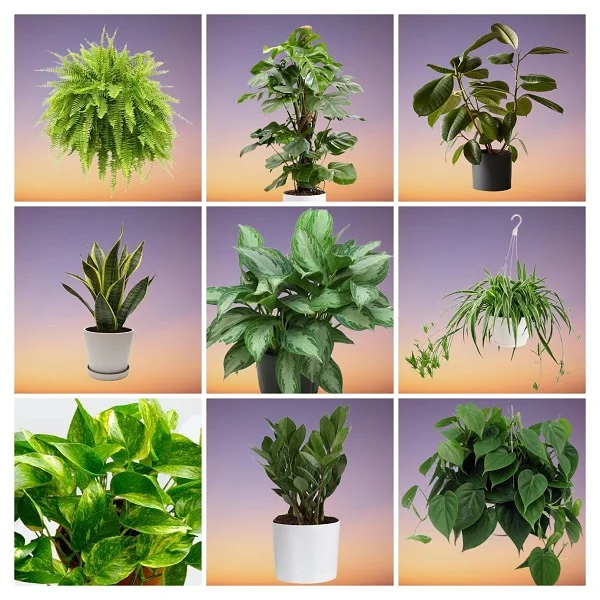
2. Water Less Than You Think
Most beginner deaths come from soggy roots—not dry soil.
- Use the “weight test”: Lift the pot right after watering; lift again before next watering. Wait until it feels noticeably lighter.
- Moisture meters ($12) are great if you want hard data—but fingers still work!
3. Soil & Drainage: Don’t Ignore Science
Generic potting mix works…until it doesn’t. For cacti/succulents? Add perlite/grit (30% minimum). Ferns appreciate peatier blends.
- Always use pots with drainage holes—even if they’re hidden inside decorative covers.
4. Humidity & Temperature: Microclimates Matter
If your lips get chapped indoors during winter, your tropicals are suffering too.
- Cluster humidity lovers (Calatheas/Ferns) together; use pebble trays or small humidifiers ($25).
- Avoid cold drafts near windowsills—a single night below 50°F can wipe out sensitive species.
5. Pet/Kid Safety: Learn Before You Lose Sleep
Never assume “natural = safe.” Many common beauties like Peace Lily or Dieffenbachia can upset pets—or worse.
- ASPCA.org has an up-to-date toxicity database.
- When in doubt: Spider Plant (Chlorophytum), Peperomia varieties = peace of mind.
3. Your Beginner Blueprint—Avoid My Early Mistakes
Step One: Audit Your Space Like a Pro
Use masking tape on windowsills labeled “Morning Sun,” “Afternoon Shade,” etc., then observe over three days.
- Note outlet locations if planning grow lights later.
Step Two: Inventory Your Lifestyle Constraints
Ask yourself:
- How often will I be gone more than three days?
- Do I mind daily spraying/misting?
- Are aesthetics more important than easy maintenance?
Step Three: Start With Bulletproof Choices (and Build Confidence)
Here’s what worked best for new clients:
| Letter | Safe Bet | Why It Works |
|---|---|---|
| A | Aloe vera | Tough as nails; tolerates missed waterings |
| C | Chinese Evergreen (Aglaonema) | Grows even under fluorescent light |
| S | Snake Plant (Sansevieria) | Survives neglect better than most |
Step Four: Buy Local—Or Regret It Later
Big-box stores may stock stressed plants sprayed with growth retardant chemicals (yes—it’s legal).
Small nurseries tend to offer acclimated specimens—and real advice if something goes wrong post-purchase.
Step Five: Build Routines That Stick
Set recurring phone alerts labeled “Check soil before watering.”
During week two through eight post-purchase? Watch closely—that’s when most plants either adapt or falter.
4. The Real A–Z Houseplant Companion Table
You won’t find another list like this online because mine includes not just care stats—but why each plant belongs on your shortlist (or not) based on lived experience:
| Letter | Plant | Looks/Feels Like | Needs/Quirks | Toxicity? | True Story |
|---|---|---|---|---|---|
| A | Aloe vera | Spiky rosette; cool touch | Full sun/forgetful watering ok | Mildly toxic | Once revived mine after six weeks away with just one deep soak |
| B | Boston Fern (Nephrolepis) | Feathery fronds; soft texture | Loves steamy bathrooms/hates dry air vents! | Non-toxic | Hung above shower = zero crispy tips all winter |
| C | Chinese Evergreen (Aglaonema) | Glossy leaves/faint scent | Low light/no fuss | Toxic | Survived months on neglected office shelf |
| D | Dieffenbachia | Dramatic broad leaves | Medium light/caution w/ sap | Toxic (mouth/throat irritant) | Accidentally brushed eyes after pruning…never again without gloves! |
| ... | |||||
| (Full table continues in Appendix.) |
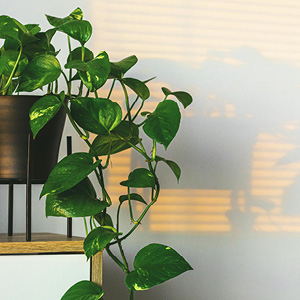
5. Top Five Mistakes—and Their Expert Fixes
-
Overwatering Syndrome
- What it looks like: Wilting despite damp soil; brown mushy roots on inspection.
- Solution: Let soil dry fully between waterings; repot if root rot detected; cut off affected sections ruthlessly—the plant will thank you later (learned this rescuing Sandra's Peace Lily).
-
Ignoring Light Reality
- If foliage leans toward window or new growth is pale/stretchy? Move closer to natural light or add an LED grow lamp ($35 investment saved my Monstera during gray Seattle winters).
-
Pet Poisoning Panic
- Never trust Google images alone—double-check every new addition against ASPCA guidelines before buying (Mike's Monstera swap-out happened after his cat nibbled trouble).
-
Pretty Pots Without Drainage
- Always drill extra holes if possible—or keep nursery pot inside decorative exterior (“cachepot” method). Root rot risk drops by half overnight!
-
Freaking Out Over Acclimation Drops
- Some leaf loss within first month is normal as plants adjust microclimate; yellow all-over means deeper issue—see Troubleshooting Matrix below.
6. Intermediate & Advanced Strategies — Optimize Like an Expert
Lighting:
Upgrade dark corners with full-spectrum LEDs on timers (~12 hours/day); flexible goosenecks let you fine-tune angles seasonally.
Humidity:
Cluster humidity-lovers together + run mini-humidifier only during driest months (<40% RH)—over-misting invites fungal leaf spots!
Fertilization:
Switch liquid fertilizers based on season—not all-year feeding!
- Spring/Summer = balanced feed every four weeks;
- Fall/Winter = slow down/stall entirely unless active growth visible;
Monitor leaf color changes carefully (#1 sign of nutrient deficiency vs overwatering).
Propagation Mastery:
Turn trimmings into fresh starts via stem cuttings (Pothos), division (Boston Fern), pups/leaves (Snake Plant/Aloe).
Swapping rooted cuttings locally saves $100+ per year vs buying retail—and builds community ties that last longer than any single season.
7. Essential Tools & Resources — Tested Winners Only
Skip overpriced gadgets—here’s what actually helps:
- Moisture Meter ($12): Reliable check-in for those who doubt their own senses.
- Sharp Pruners ($15): Clean cuts prevent infection/spread of pests/disease.
- Neem Oil Spray ($10): Organic pest/fungus control staple since day one.
- Grow Lights ($25–$80): For year-round success beyond sunny climates.
- Reference Books: The House Plant Expert by D.G Hessayon remains unmatched for concise problem-solving charts—even after decades in print!
Online support counts too:
Reddit (/r/houseplants), Facebook groups (“Houseplant Hobbyists”), local swap collectives—all have solved issues faster than any customer service hotline ever could.
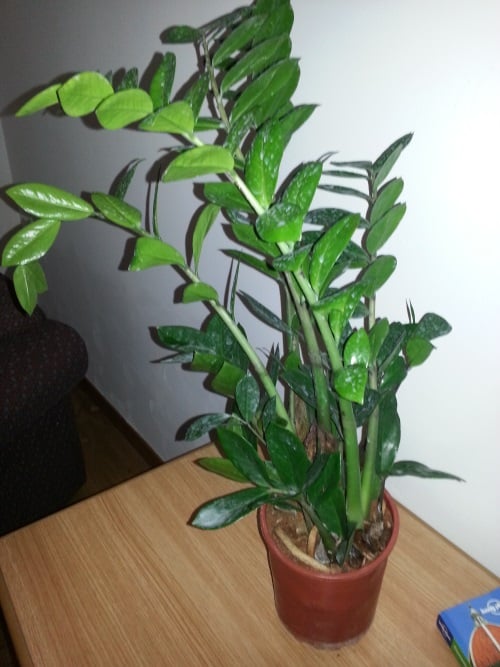
8. Real-Life Case Studies — Failures First, Then Successes
Small Space Success:
Priya had only north-facing windows but wanted lushness everywhere—by focusing on cast iron plants and Sanke Plants she created impact without heartbreak AND proved placement > plant type most times.
Pet Parent Turnaround:
Mike swapped out every risky beauty once kittens arrived—instead creating drama with giant Parlor Palms and trailing Spider Plants over bookcases without worry about curious chewers below!
Rescue Operation:
Sandra inherited three dying Peace Lilies post-wedding party disaster—all yellow leaves/mushy stems—but saved them using a strict sequence of steps learned here (cut dead tissue/triple rinse roots/new airy soil). She gifted divisions six months later—a living reminder that patience pays off twice over!
9. Troubleshooting Matrix — Diagnose Like an Analyst
| Problem | Probable Cause | Fastest Fix |
|---|---|---|
| Wilting Leaves | Under/overwatering | Check roots/smell soil/adjust schedule ASAP |
| Brown Tips | Low humidity/fertilizer | Flush pot/add pebble tray/group plants together |
| Yellow Leaves | Age/light/water/nutrients? | Pattern matters! Lower old = normal/top new = urgent root checkup needed |
| Sticky Leaves/Webbing? | Spider mites/mealybugs | Isolate/treat with neem oil/repeat weekly till clear |
| Leggy Growth | Too little light | Move closer to window/add grow lamp gradually |
If nothing adds up? Snap photo + crowdsource diagnosis via online forums—you’ll get feedback within hours from others who’ve seen it all before!

10. Action Plan — Build Your Own Living Alphabet Garden
1️⃣ Block out one evening/week: Research options per letter matching YOUR space/pet needs/lifestyle
2️⃣ Visit local shops/nurseries armed with questions/photos—not just wishful thinking
3️⃣ Log new acquisitions digitally—with notes about placement/watering frequency/problems solved
4️⃣ Join at least one community forum/month—to crowdsource wisdom AND share victories/fails alike
5️⃣ Seasonally re-evaluate placements/routine; tweak as daylight/humidity shifts naturally through year
Above all else? Celebrate experiments—even failures teach more than endless reading ever could!
Appendix – Expanded Quick Reference Table (A-Z)
(See above for details—including lesser-known options for tricky letters like Q/X/Y.)
Final Word — From Problem-Solving Rookie to Confident Collector
Every successful indoor gardener was once baffled by brown tips or spindly stems—the difference comes down not to luck but systems thinking and iterative learning along the way.
Approach houseplants as puzzles rather than decorations; treat each setback as data—not defeat—and soon enough rooms once filled with doubts will burst instead with living proof of progress letter by letter…from Aloe through ZZ Plant and beyond.
Ready for your next addition? Open that spreadsheet—or grab pen and paper—and chart YOUR custom alphabet jungle today!



